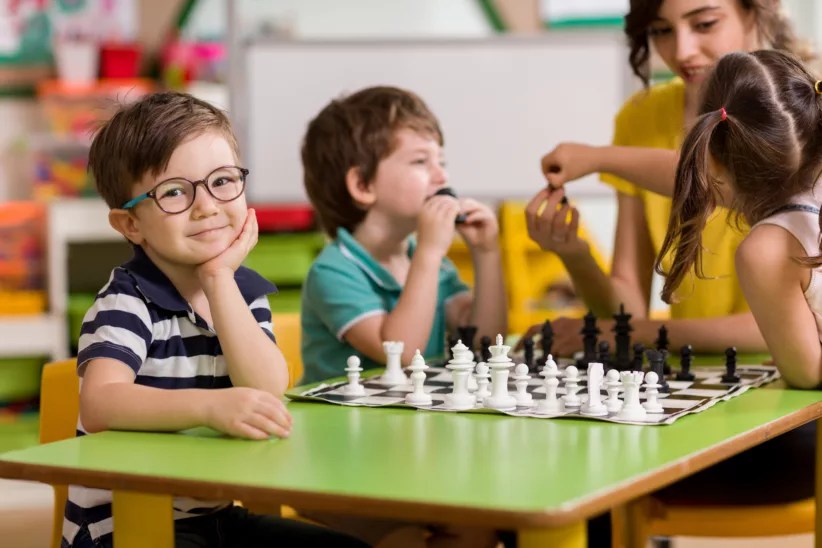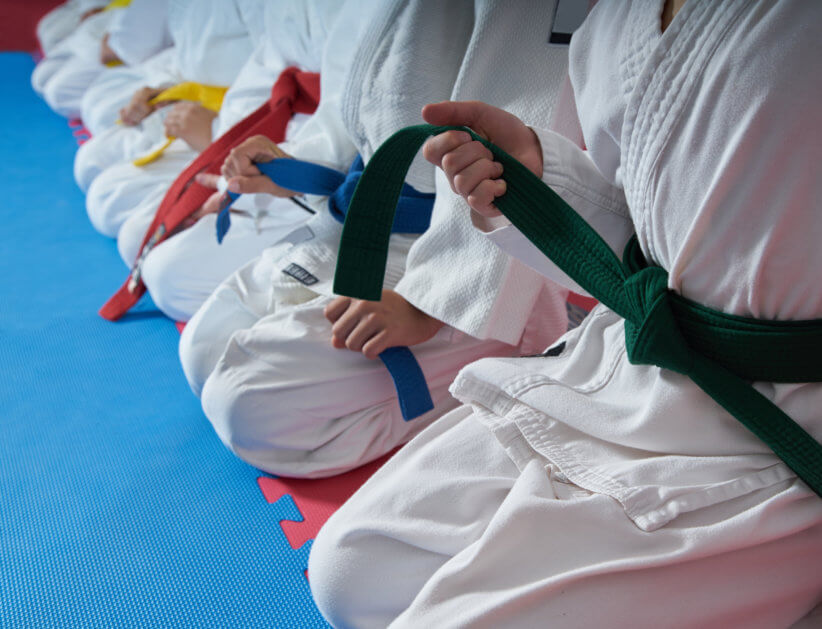
I was a dyslexic little girl born into a family of overachievers. The walls of my family’s home were decorated with diplomas from places like Harvard and MIT; meanwhile, I struggled to read and write. In the past, kids with challenges like mine were thrown into the classroom to sink or swim (in this metaphor, we’d also have 50-lb. ankle weights). We had to frantically outwork everyone else just to keep our heads above water.
When I founded Take Two Film Academy in 2009, my idea was simple: videos are a remarkably versatile way to communicate information. They can be custom-tailored to resonate with specific audiences in specific ways. The popularity of YouTube tutorials and Khan Academy lectures show just how effective video can be as a learning tool. The real power of video comes not from its consumption, but from its creation. Imagine that you were taught how to read, but not how to write. You could absorb the ideas of others, yet you couldn’t share your own. This would be an undesirable state of affairs for obvious reasons.
Video may never fully replace the written word, but it’s already being integrated into classrooms. Schools across the country are seeing an increase in flipped classrooms, blended learning classrooms, and other experiential learning environments. Video plays a prominent role in all these spaces — but usually only as a receptive tool. Students rarely have the chance to actually produce videos (and thus develop their own ideas, much as they would in a traditional essay or report). This is a giant missed opportunity, because if tomorrow’s students want to make their voices heard, they’re probably going to have to do it through video.
Today, barely half of America’s middle schoolers and high schoolers say they feel engaged at school. It’s doubtful that this generation of young people is inherently less intelligent, creative, or curious than the Baby Boomers who birthed them. But we’re not speaking their language, and we don’t acknowledge the real educational potential in those darn gadgets they’re so crazy about.
It’s rare to find an educator who’s as comfortable teaching a class on filmmaking as a class on reading or writing. Some organizations, like the International Society for Technology in Education (ISTE), are making an effort to establish a code of standards and practices to help train educators in the use of technology and somewhat on the craft of filmmaking. But the biggest catalyst for change may come from a new generation of educators themselves. For young teachers who were born into a digital world, making videos will be as natural as writing letters was for their predecessors.
[gravityform id=”13″ title=”false” description=”false” ajax=”true”]
Back in our day, students were given a textbook and told to read the chapter on mammals. Later, they would be assigned a report to write (remember the dreaded five-paragraph essay?). It was a formula that went unchanged for decades.
Imagine a video-focused classroom where students are shown an interview from an “expert” who says there’s no proof that the increasing number of extinctions are caused by humans. They analyze his main points, and conduct research to discover alternative points of view, maybe even conduct some primary interviews. Then they film their rebuttal, using their filmmaking skills to convey a thoughtful, well-reasoned argument in a persuasive and appealing style, with supporting visuals and archival footage.
Critical thinking and effective communication are vital in turbulent times like these, and if you want people to hear your message, you need the right medium. Today, that medium is filmmaking.
When I founded Take Two Film Academy, I had no ambitions of becoming a crusader for media literacy. I just wanted to share the tremendous power of film with students, to reach those bright kids who hadn’t been given a chance to shine yet, to watch them discover their talents for conception and screenwriting, directing and camera work, and the occasional endless rounds of editing. We set out to give them the tools and training needed to become little filmmakers, but at the end of the day they are becoming strong voices of the next generation.
Megan Kiefer is the founder of Take Two Film Academy and has been educating students in storytelling and filmmaking since 2004. She is passionate about teaching children and young adults how to use film to create impact and change the world. Established in 2009, Take Two Film Academy is the first and foremost film school dedicated to teaching kids and teens video/media literacy in NYC, New Jersey, Long Island, and Boston. Learn more at taketwofilmacademy.com.





















